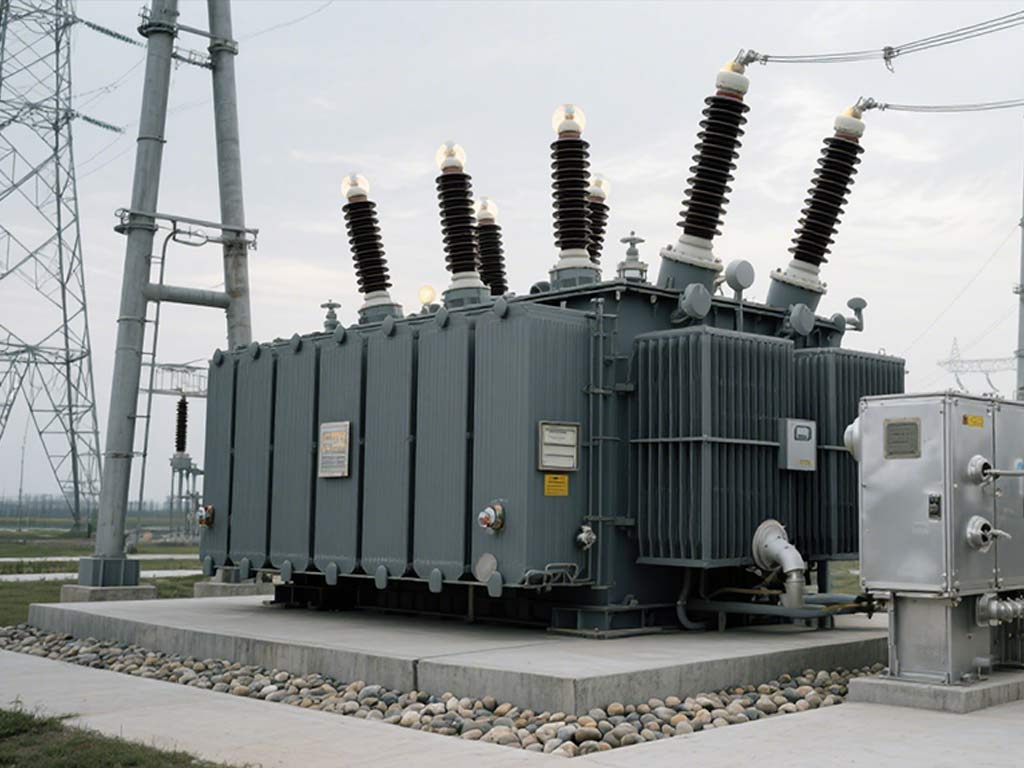Electric Power System
Power Generation Stage
Electricity generated by power plants typically starts at a relatively low voltage. Take conventional thermal power plants as an example: the output voltage at generator terminals is usually in the range of 6.3kV to 10.5kV. To enable economical and efficient long-distance transmission to remote substations or end-users, this initial voltage must be boosted to higher levels—such as 110kV, 220kV, or even higher—via step-up transformers.
Transmission Stage
During high-voltage power transmission, lines operating at different voltage levels rely on substations equipped with transformers to handle voltage conversion and matching. This process is critical for achieving large-capacity, long-distance electricity delivery while minimizing energy loss along the way.
Distribution Stage
When distributing electricity to various end-users, step-down transformers play a key role. They reduce the high voltage from transmission lines to levels suitable for specific user needs—such as 35kV, 10kV, or 0.4kV—ensuring that the power supply aligns with the requirements of different types of consumers.

